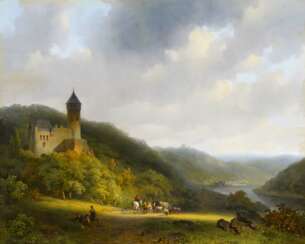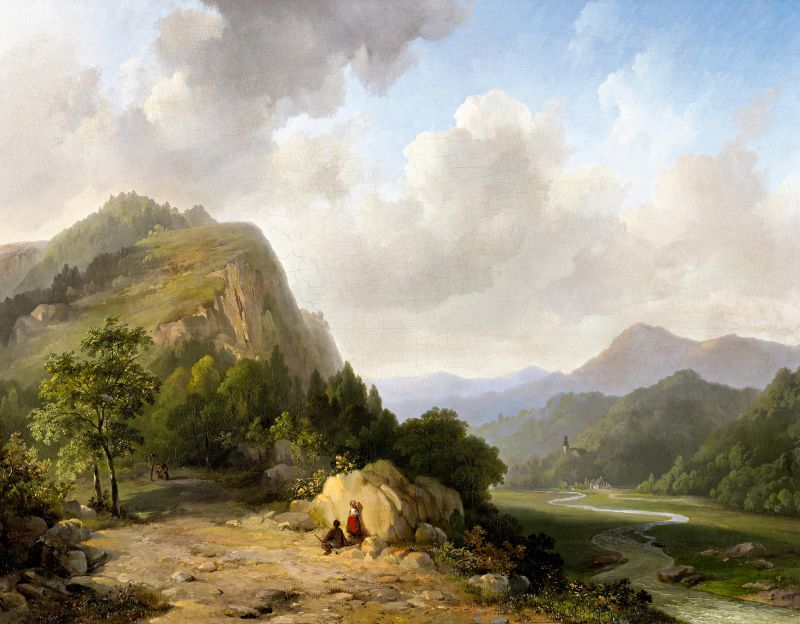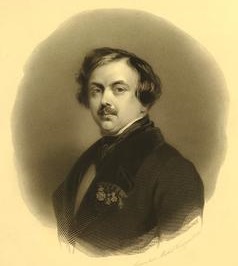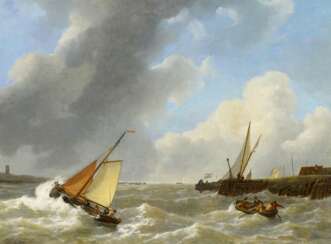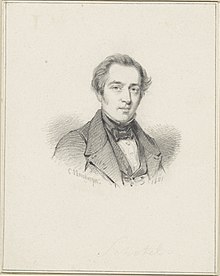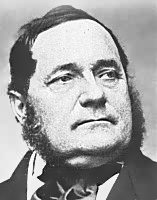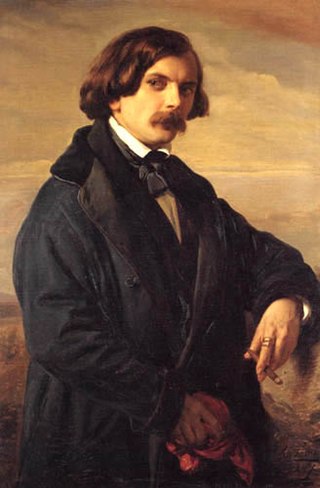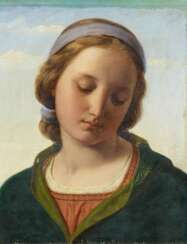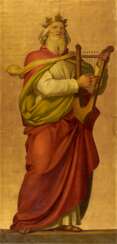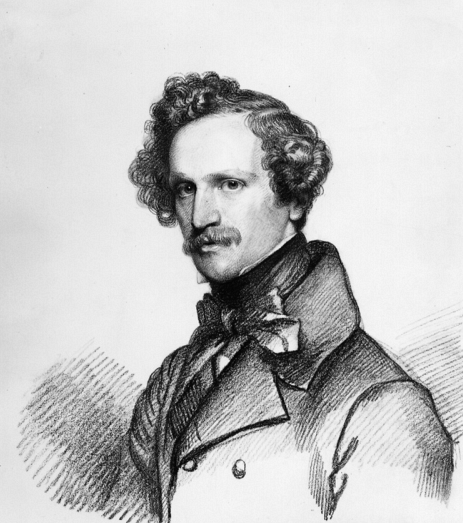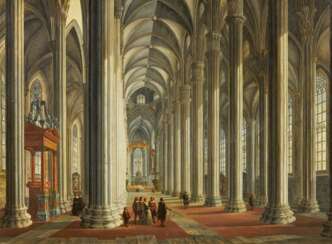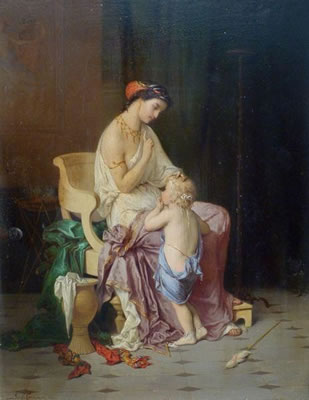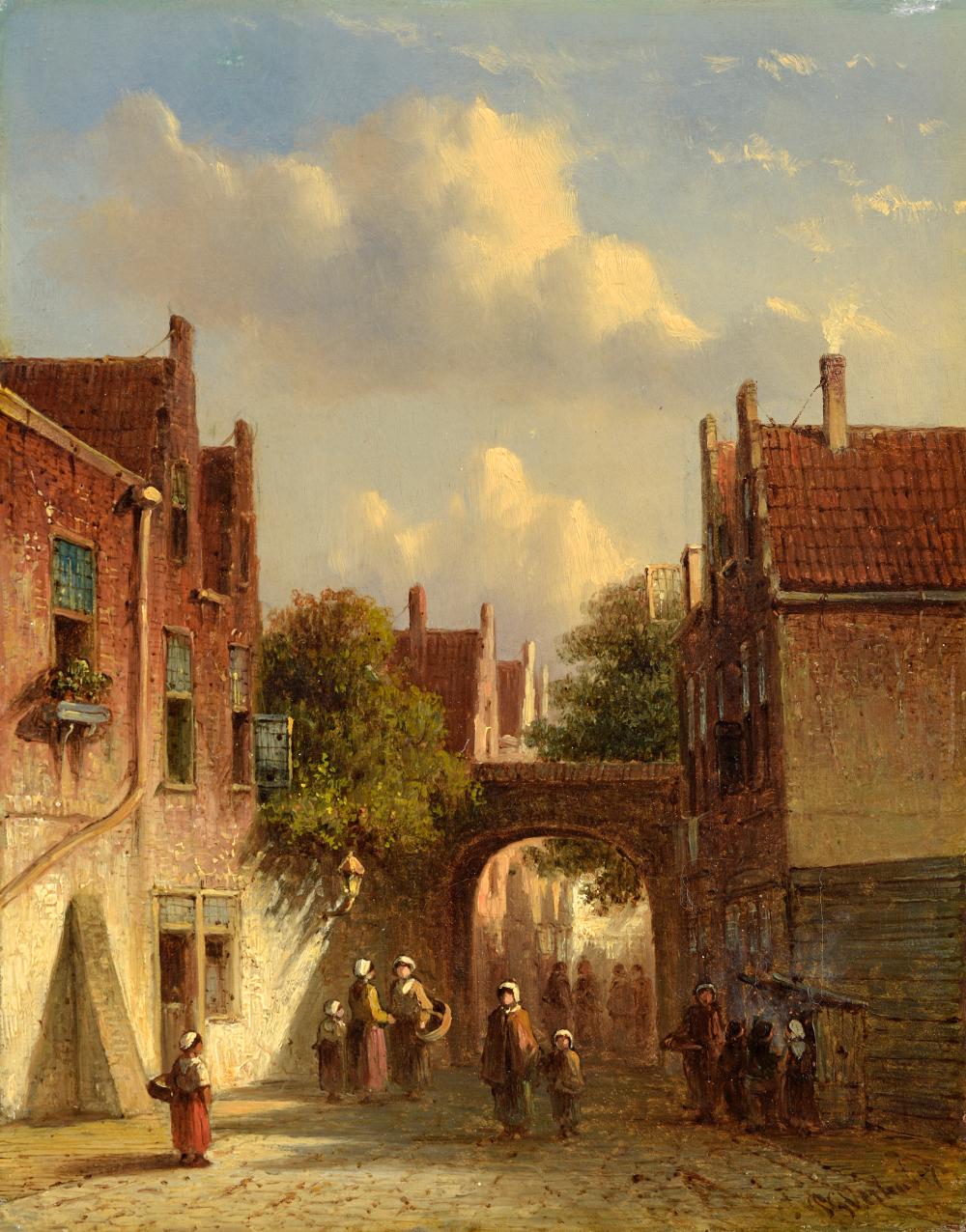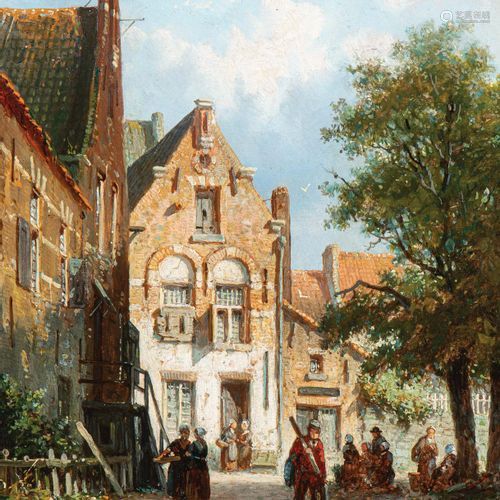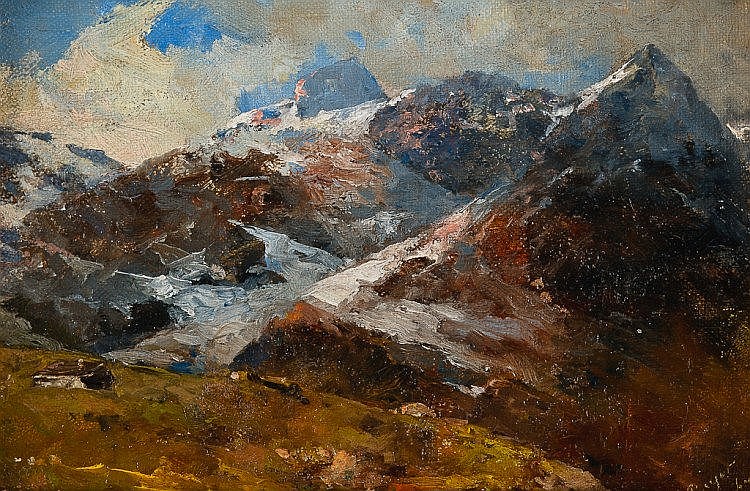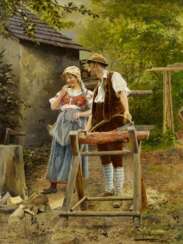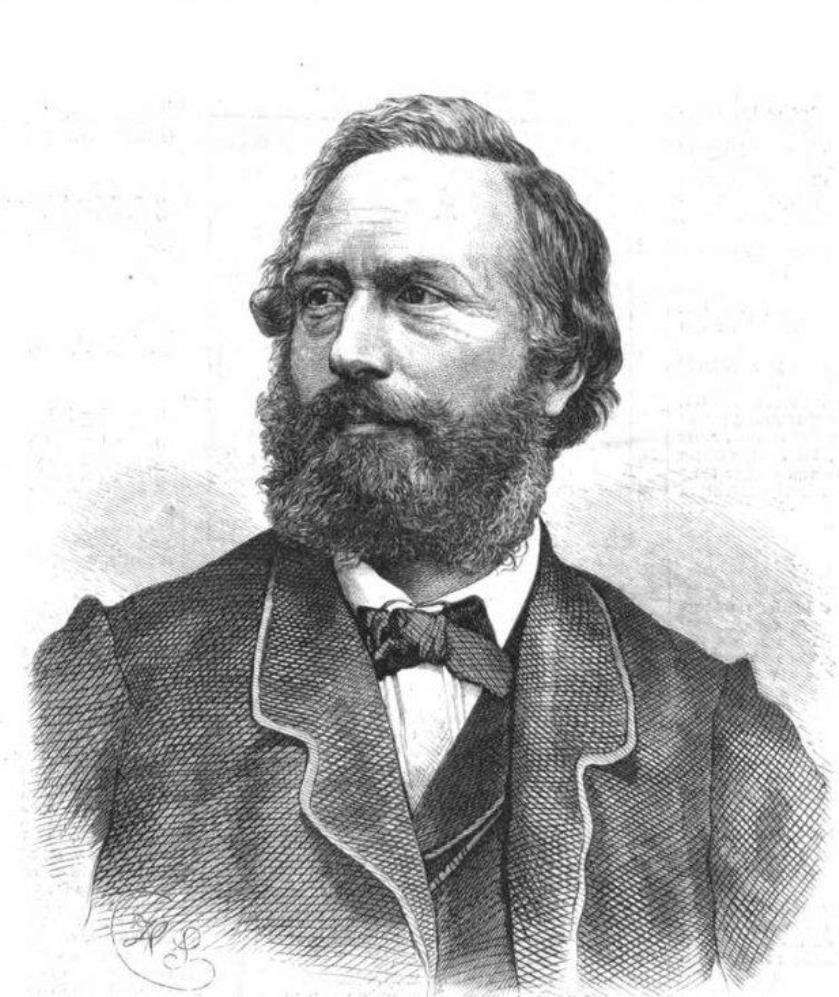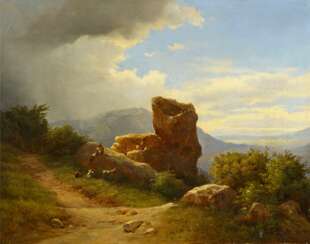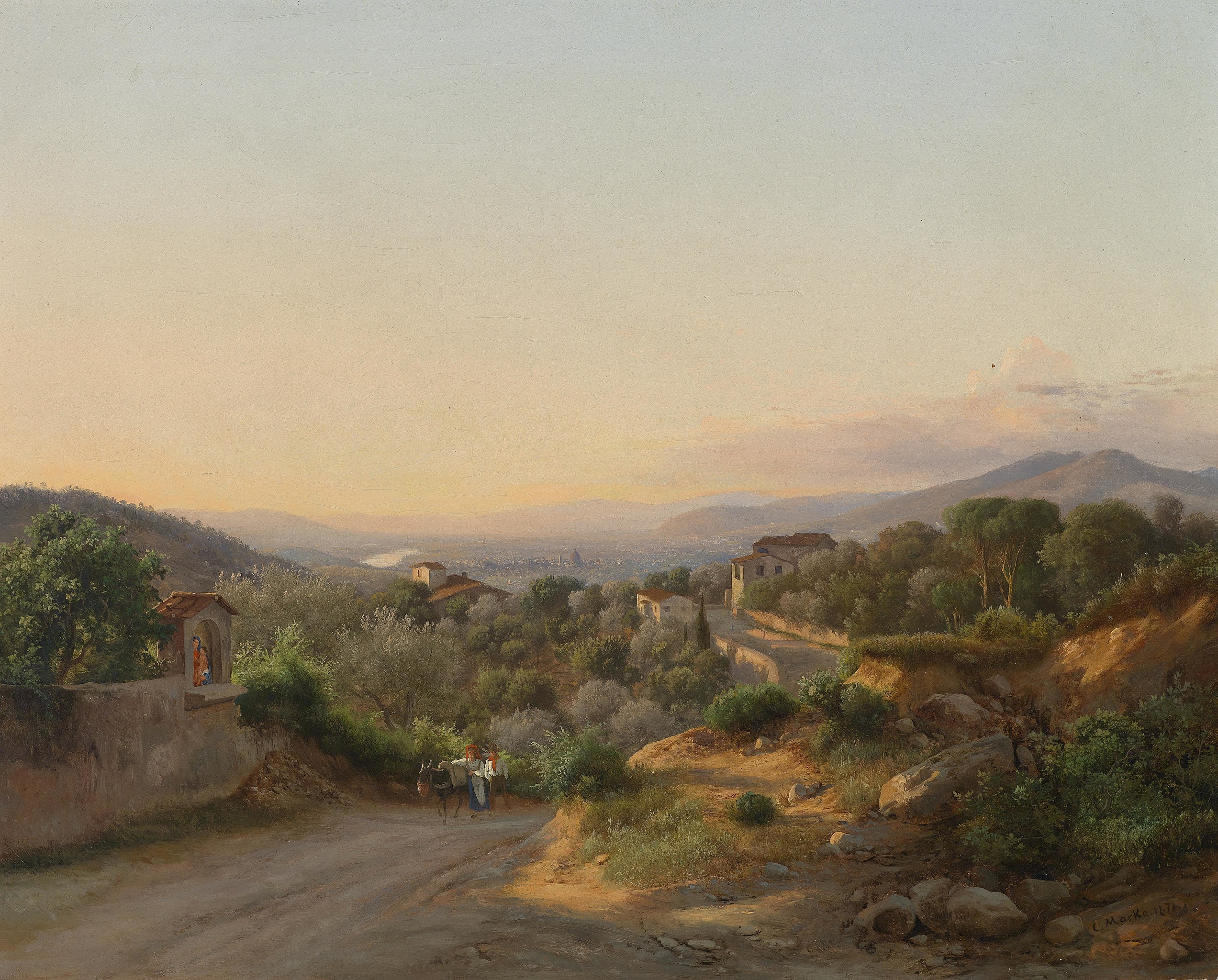
Paintings 19th Century — A482: Fine Art
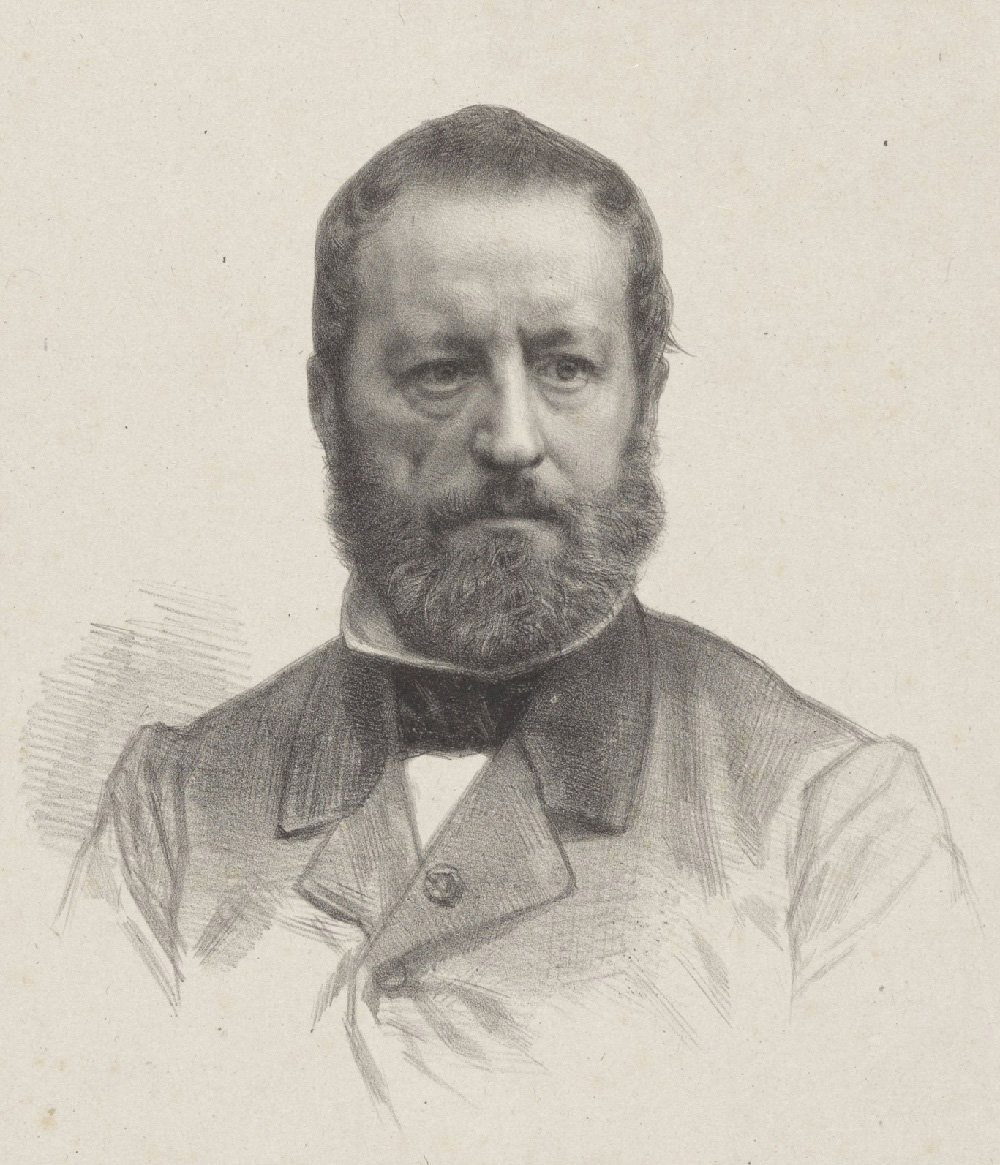
Wouterus Verschuur the Elder (also Wouter Verschuur) was a Dutch painter, one of the later representatives of Romanticism in Dutch art. He depicted animals, mainly horses, and landscapes. His students included his son Wouterus Verschuur Jr. and Anton Mauve.
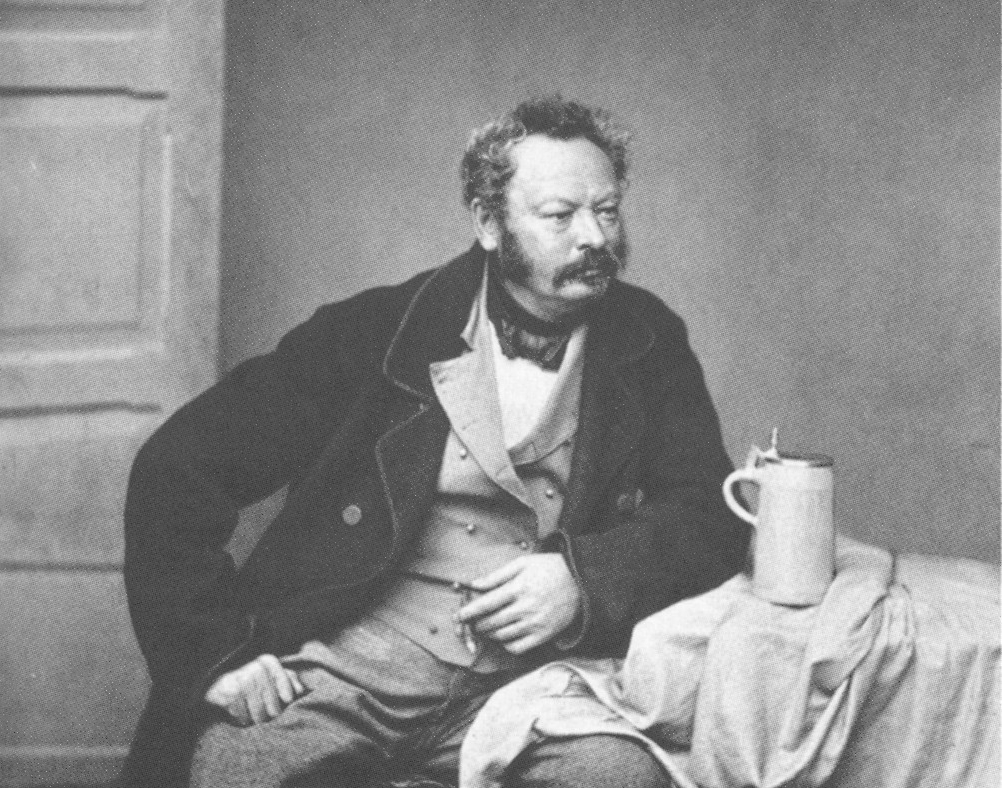
Heinrich Bürkel was a German artist of the mid-nineteenth century. He is known as a painter and graphic artist, representative of the Biedermeier style.
Heinrich Bürkel specialized in genre and landscape paintings, especially winter landscapes. He often used Staffage and depicted animals. His work showed the influence of the old Dutch and Italian masters. Bürkel enjoyed great popularity, his paintings were actively acquired for private collections, including in America. The master painted about 1000 paintings and created about 6000 drawings.
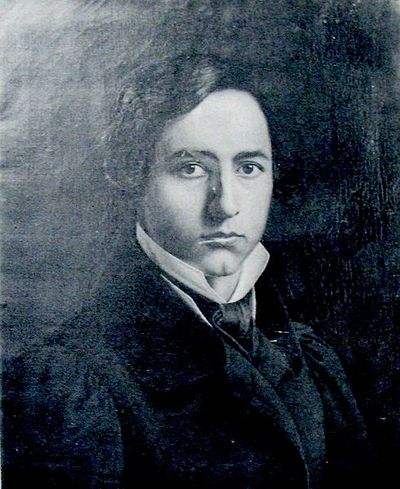
Franz Ittenbach was a German painter of the mid-nineteenth century. He is known as a historical and religious painter, associated with the Düsseldorf School of painting and considered one of the most important representatives of the Nazarenes.
Ittenbach created works mainly with religious subjects, which were characterized by simplicity of composition, nobility and correctness of drawing. Among his significant works are frescoes in various churches and altarpieces for temples. Ittenbach was a popular artist in court circles, a member of many European academies and the recipient of many medals and awards. He also painted portraits, although his main focus was on church art.
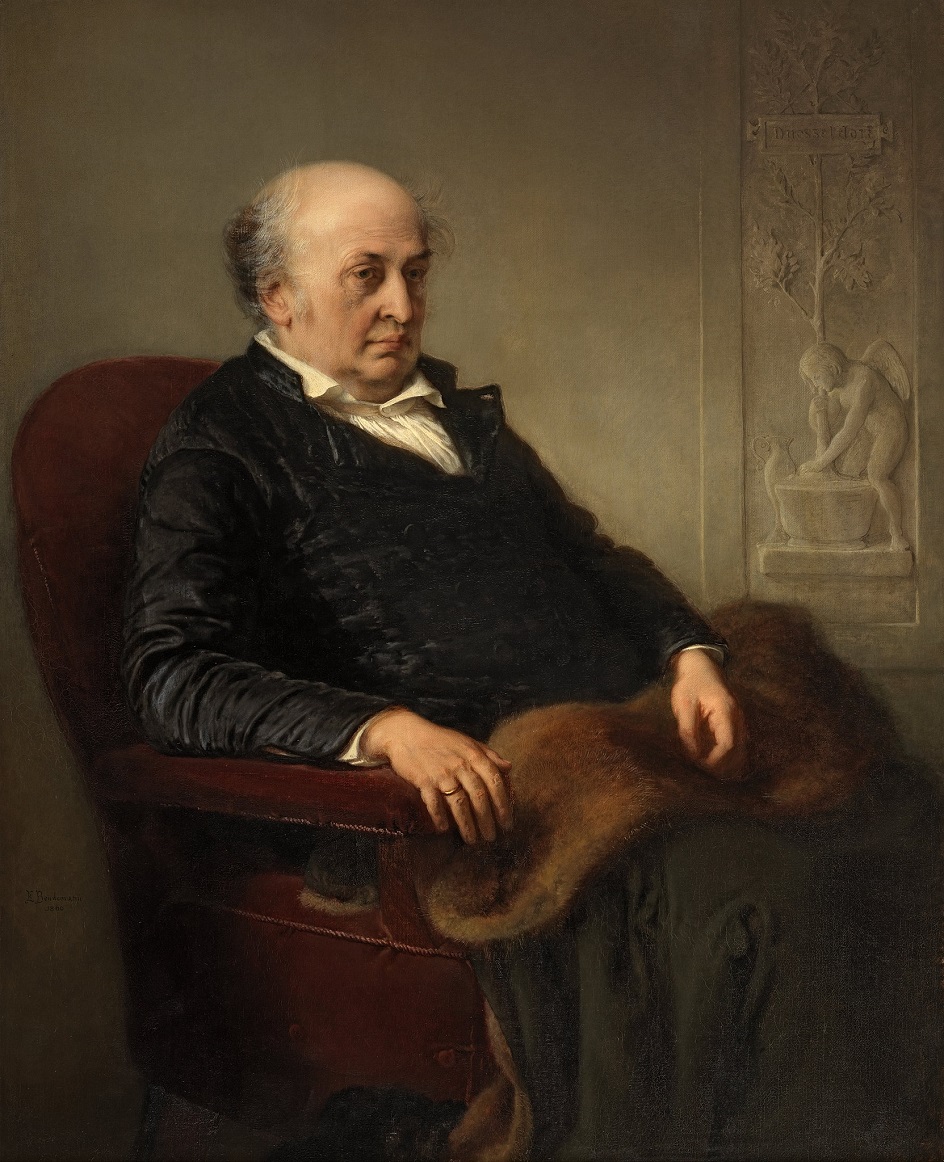
Friedrich Wilhelm von Schadow was a prominent German Romantic painter whose influence extended far beyond his own creations. He is perhaps best known for his role in forming the Düsseldorf School, a hub that nurtured talents from around the world, including notable American painters. This school under Schadow's guidance became a beacon of artistic excellence, producing renowned artists like Emmanuel Leutze.
Friedrich Wilhelm von Schadow's approach to art was not just about creating visually appealing works; it was deeply rooted in imparting knowledge and nurturing creativity among his students, leaving a lasting impact on the art world. His own works, though less celebrated than his educational contributions, still hold significance in the realm of German Romantic art, reflecting the era's spirit and depth.
For those interested in the intersection of art, culture, and history, Friedrich Wilhelm von Schadow's legacy offers a rich vein to explore. His role in shaping the Düsseldorf School and his artistic philosophy provide invaluable insights into the 19th-century art movement.
If you're fascinated by Friedrich Wilhelm von Schadow's contributions to art and wish to stay informed about related updates, consider signing up for newsletters or alerts that focus on art history, particularly related to the Düsseldorf School and German Romanticism. This way, you'll be in the loop about new discoveries, exhibitions, and sales pertaining to Friedrich Wilhelm von Schadow's works and his profound influence on the art world.

Friedrich Wilhelm von Schadow was a prominent German Romantic painter whose influence extended far beyond his own creations. He is perhaps best known for his role in forming the Düsseldorf School, a hub that nurtured talents from around the world, including notable American painters. This school under Schadow's guidance became a beacon of artistic excellence, producing renowned artists like Emmanuel Leutze.
Friedrich Wilhelm von Schadow's approach to art was not just about creating visually appealing works; it was deeply rooted in imparting knowledge and nurturing creativity among his students, leaving a lasting impact on the art world. His own works, though less celebrated than his educational contributions, still hold significance in the realm of German Romantic art, reflecting the era's spirit and depth.
For those interested in the intersection of art, culture, and history, Friedrich Wilhelm von Schadow's legacy offers a rich vein to explore. His role in shaping the Düsseldorf School and his artistic philosophy provide invaluable insights into the 19th-century art movement.
If you're fascinated by Friedrich Wilhelm von Schadow's contributions to art and wish to stay informed about related updates, consider signing up for newsletters or alerts that focus on art history, particularly related to the Düsseldorf School and German Romanticism. This way, you'll be in the loop about new discoveries, exhibitions, and sales pertaining to Friedrich Wilhelm von Schadow's works and his profound influence on the art world.
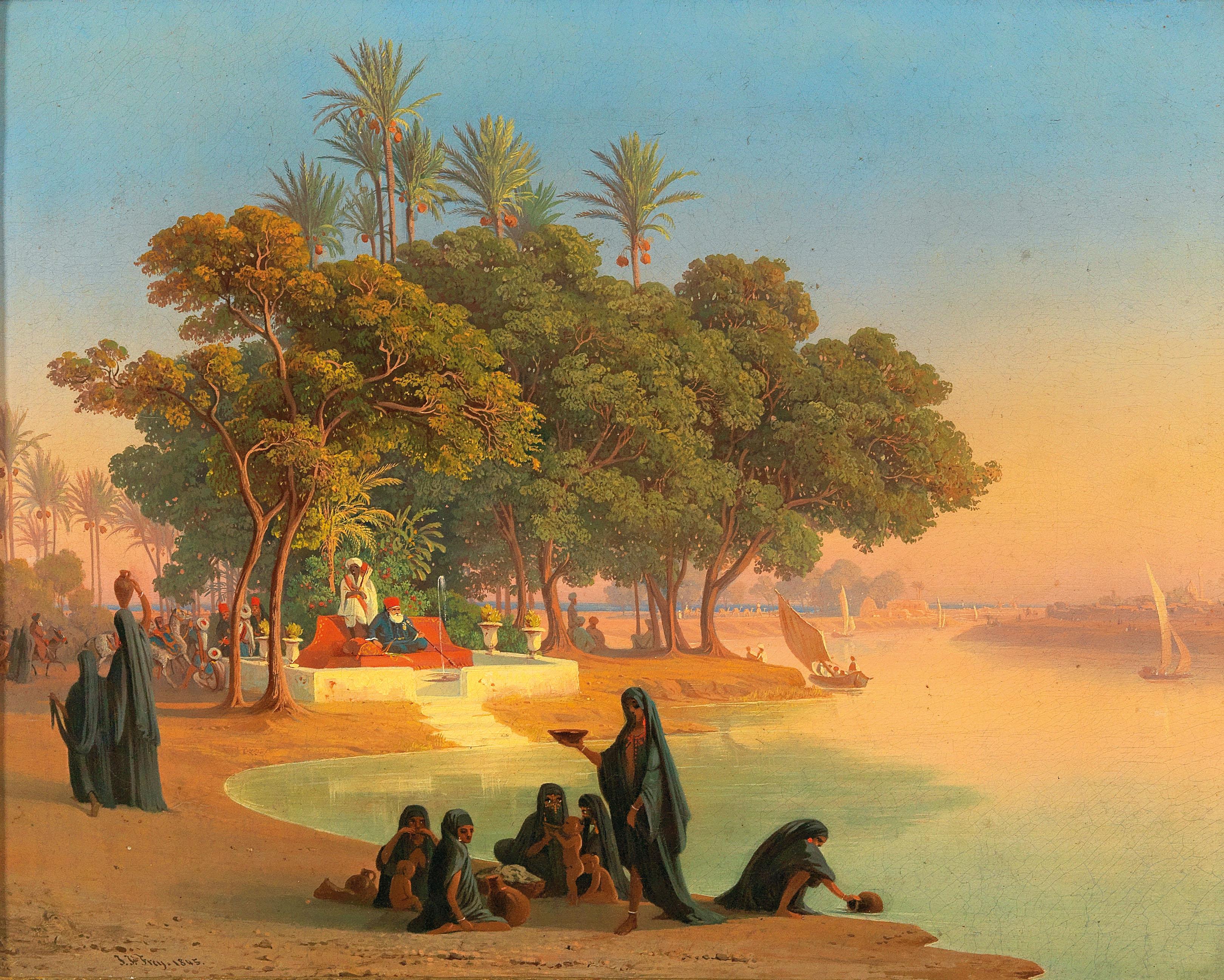
Johann Jakob Frey was a Swiss landscape painter.
Johann Jakob Frey travelled extensively in Italy, especially in and around Rome, making landscape sketches. In his studio he used these sketches to create paintings. He also traveled to Spain and Egypt to sketch for later works.
Frey's pictorial style is based on paintings by Josef Koch or Franz Horny. For example, they often feature a richly detailed foreground, which often shows elements such as winding paths or rivers drawing the viewer's attention away.
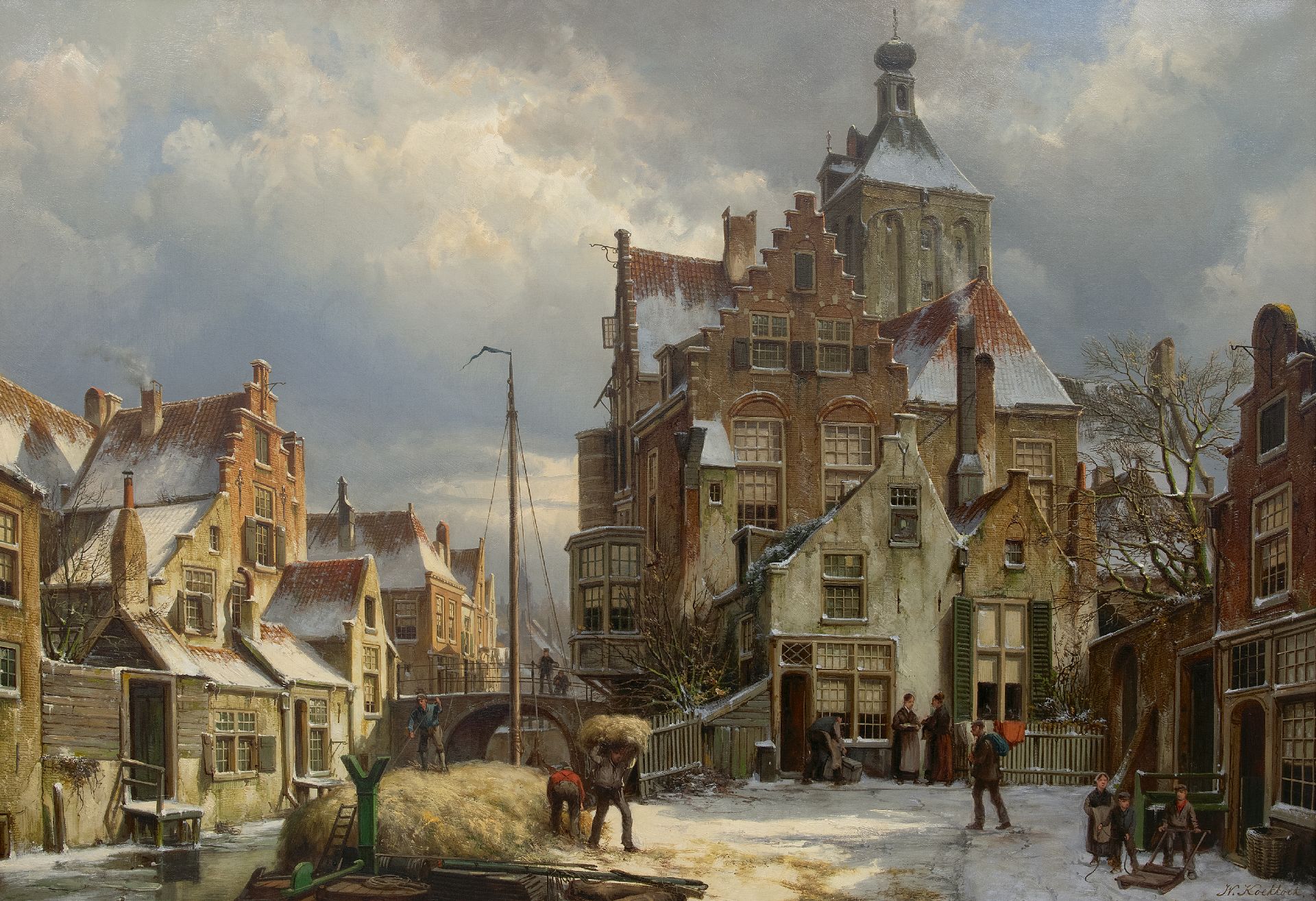
Willem Koekkoek was a Dutch painter of the urban landscape.
Following in the family tradition, his father gave all four brothers their first art lessons. Willem also received training as an architect, but practiced that profession for only a short time. It did, however, leave a lasting influence on his choice of subject matter.
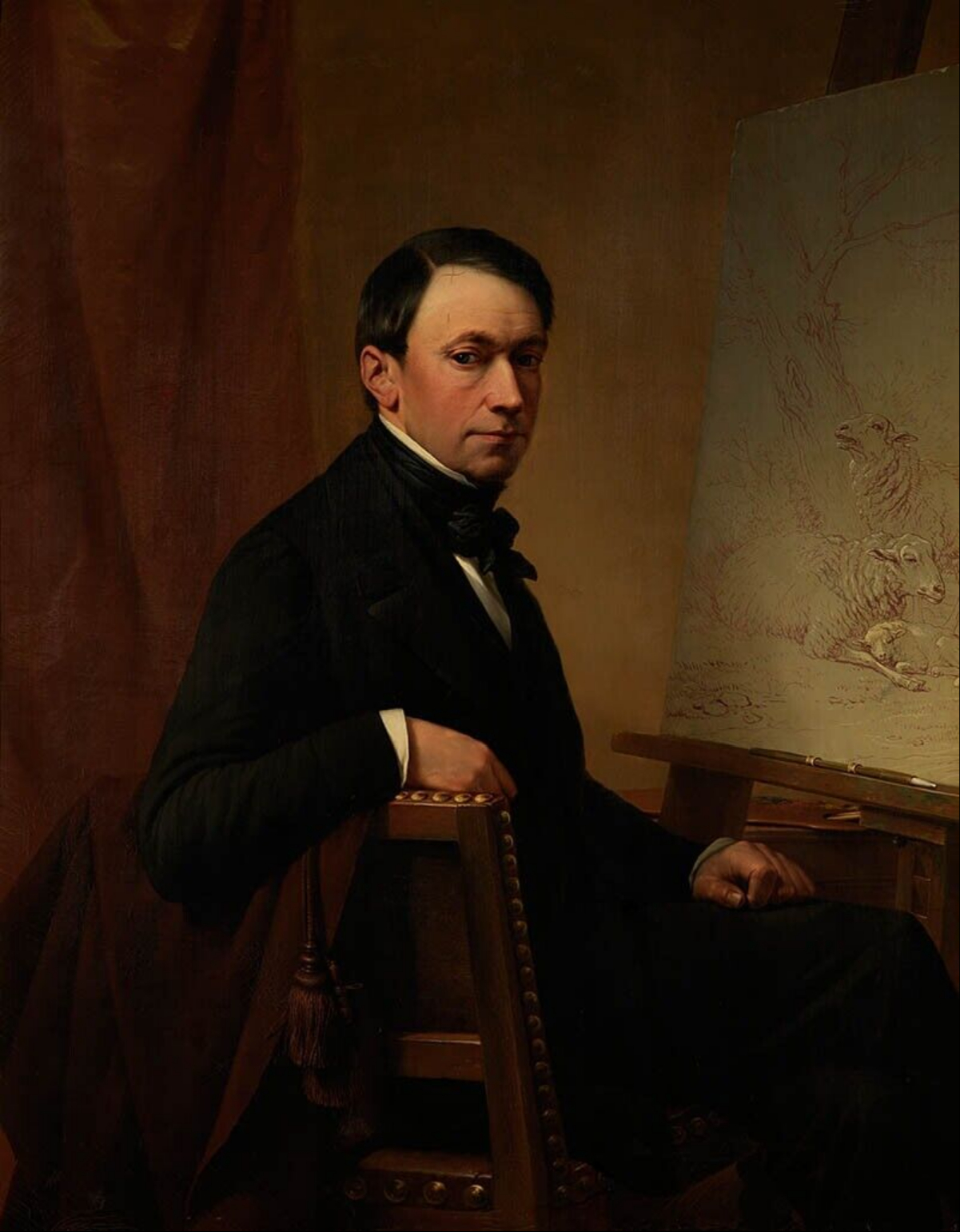
Eugène Joseph Verboeckhoven a Belgian painter, was born at Warneton in West Flanders. He was a painter, a sculptor, an etcher, an engraver, and a lithographer of animals, animated landscapes, and portraits.

Eugène Joseph Verboeckhoven a Belgian painter, was born at Warneton in West Flanders. He was a painter, a sculptor, an etcher, an engraver, and a lithographer of animals, animated landscapes, and portraits.
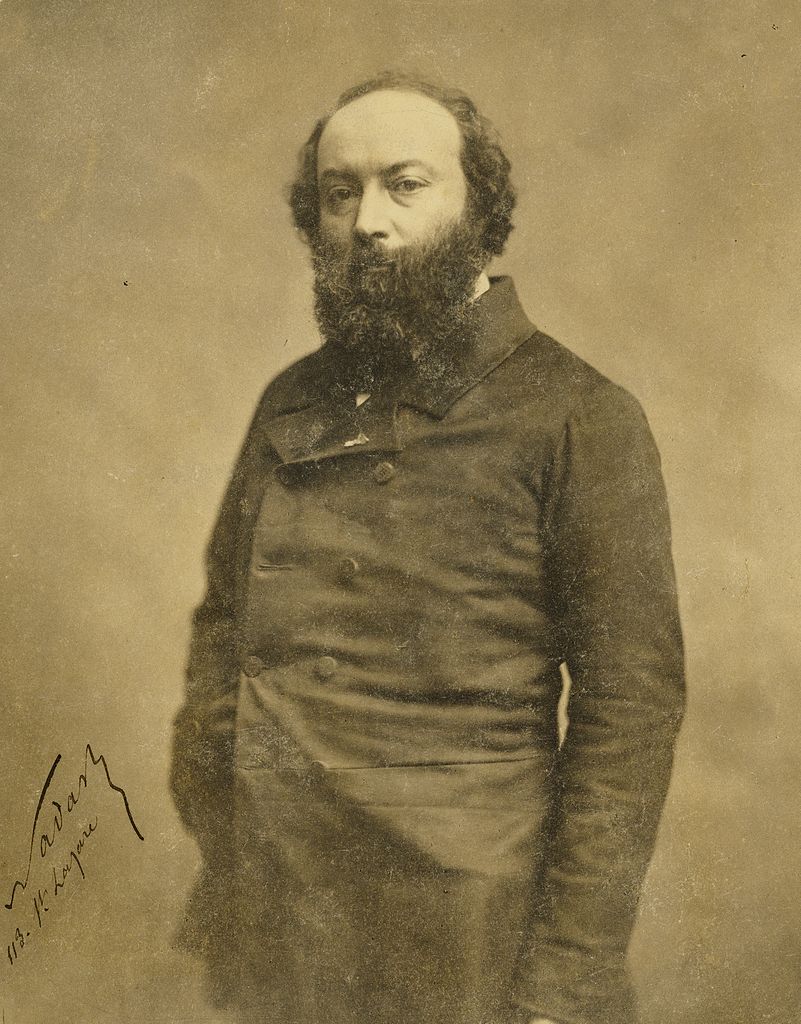
Théodore Rousseau was a prominent French painter, celebrated for his pioneering contributions to the Barbizon school of landscape art. His dedication to capturing nature's essence made him a pivotal figure in landscape painting's evolution. Rousseau's technique involved painting directly from nature, a method that infused his works with a profound sense of realism and vitality. This approach was notably evident in his masterpiece "An Avenue of Trees, Forest of l'Isle-Adam," where he meticulously captured a scene entirely outdoors, a testament to his commitment to authenticity and detail.
Théodore Rousseau's artistry wasn't confined to painting alone; his drawings, like the detailed "Study of an Oak Tree," demonstrate his versatility and deep connection with nature. His works received significant recognition, culminating in a triumphant display at the Universal Exposition of 1855. However, his life was not devoid of challenges. Personal tragedies and professional setbacks marked his later years, yet his resolve and dedication to art remained unshaken.
For art enthusiasts and collectors, Théodore Rousseau's works are pivotal, not just for their beauty but also for their role in the history of landscape painting. His pieces like "The Great Oaks of Old Bas-Bréau" are cherished in collections worldwide, serving as enduring symbols of his talent and his profound influence on subsequent art movements.
For those interested in the intersection of nature and art, subscribing to updates on Théodore Rousseau can provide invaluable insights into his life's work, his contributions to the Barbizon school, and his lasting impact on the world of art. Stay informed about new discoveries, sales, and auction events related to Rousseau's oeuvre to deepen your appreciation and understanding of this illustrious artist's legacy.
 Шарль-Франсуа Добиньи. Фотография художника.jpg)
Charles-François Daubigny was a French painter, one of the members of the Barbizon school, and is considered an important precursor of impressionism.
He was also a prolific printmaker, mostly in etching but also as one of the main artists to use the cliché verre technique.
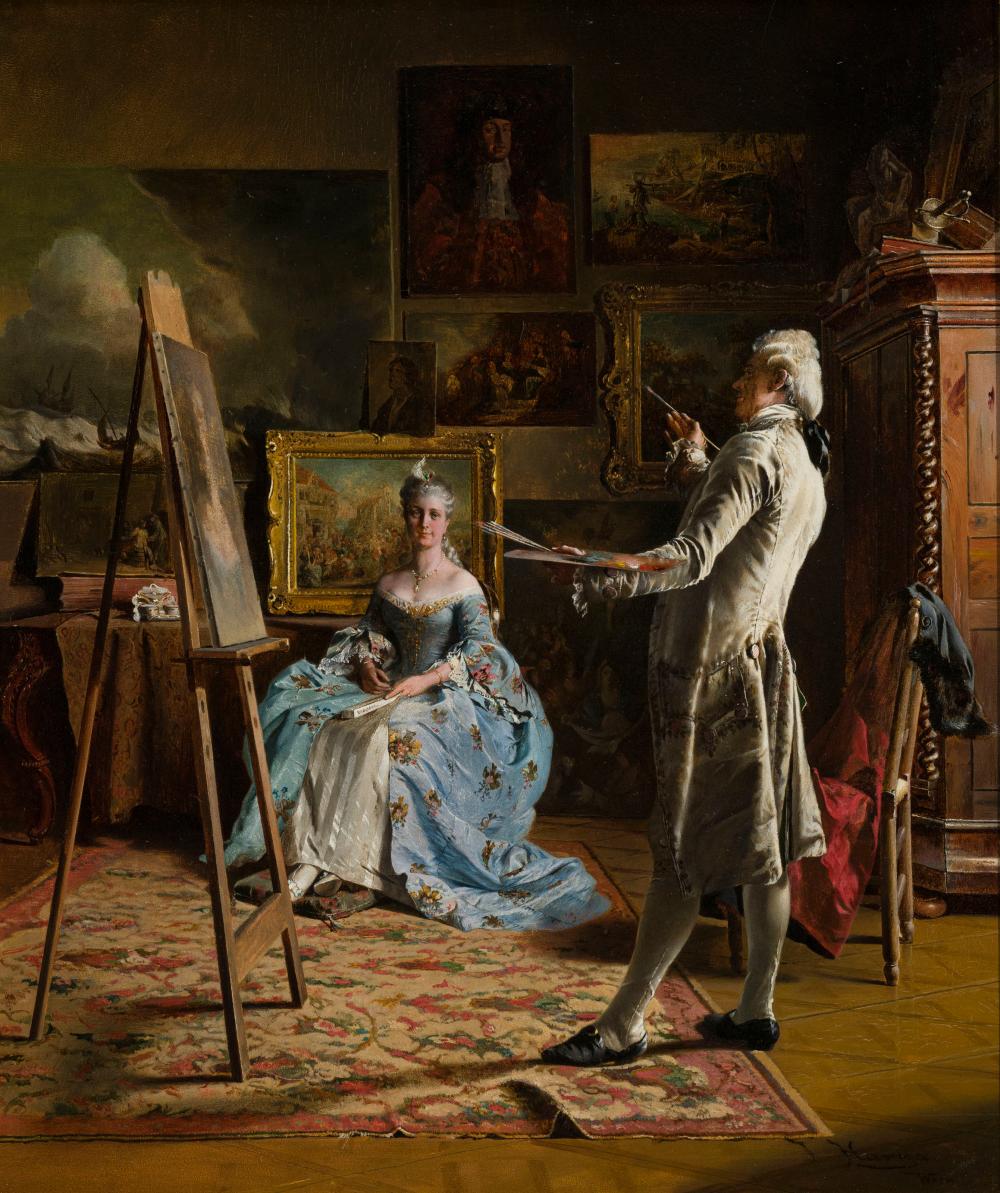
Johann Hamza was an Austrian genre painter.
Johann Hamza showed a talent for drawing at an early age, then studied painting at the Vienna Academy of Fine Arts and became a leading genre painter in Vienna in the second half of the 19th century.
His son, Hans Hamza (1879-1945), was also a well-known painter.
